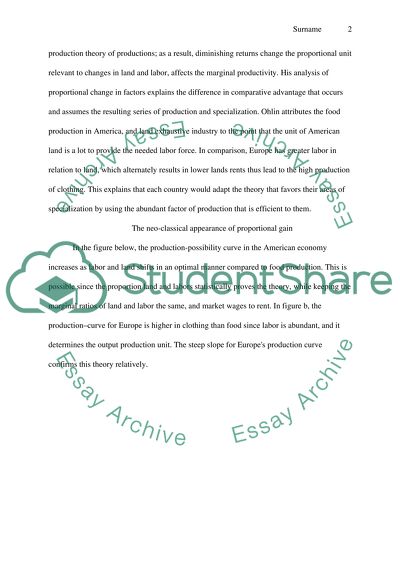Cite this document
(“The economical journal Essay Example | Topics and Well Written Essays - 2500 words”, n.d.)
Retrieved from https://studentshare.org/macro-microeconomics/1398275-summary
Retrieved from https://studentshare.org/macro-microeconomics/1398275-summary
(The Economical Journal Essay Example | Topics and Well Written Essays - 2500 Words)
https://studentshare.org/macro-microeconomics/1398275-summary.
https://studentshare.org/macro-microeconomics/1398275-summary.
“The Economical Journal Essay Example | Topics and Well Written Essays - 2500 Words”, n.d. https://studentshare.org/macro-microeconomics/1398275-summary.


